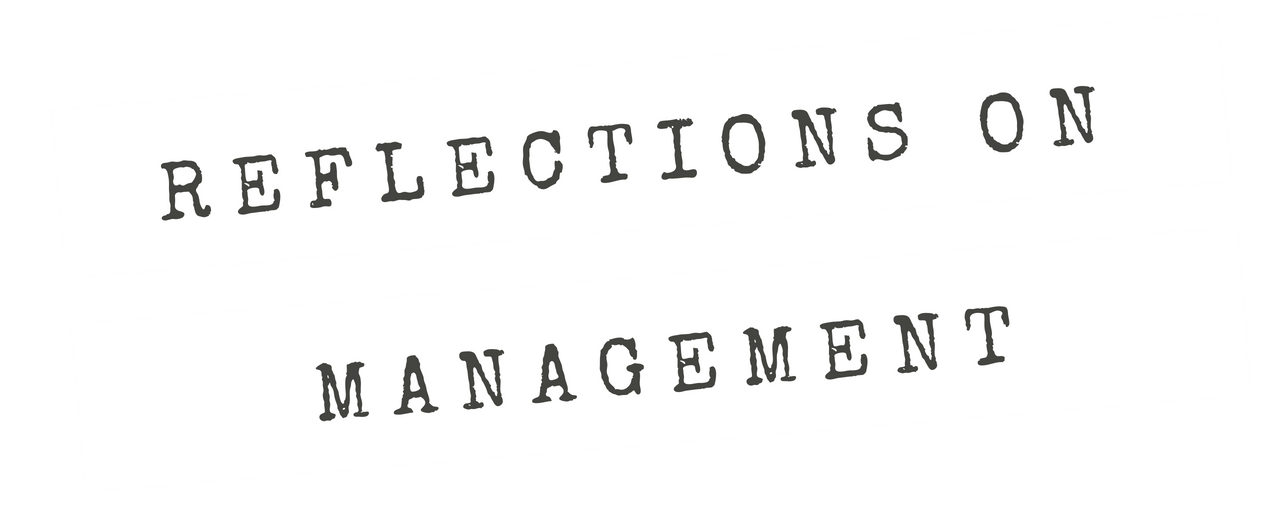The challenge sometimes is that a [leader] will come in with a certain preferred way of approaching change
Season 3, Episode 1
There is more than one way to accomplish a goal. Indeed, Katz and Kahn gave this concept a name – equifinality – in their famous book The Social Psychology of Organizations. But people tend to think that there is a ‘right’ or ‘better’ way – choosing certain tools when they reflect our preferred way of doing things, and criticizing decisions to use different tools. So if there are multiple ways to pursue one’s goal of a needed change effort, how does one choose?
What this episode is about is the vision of the ways — an extension of visioning that goes beyond the end state of a planned change effort and considers the path to it. I integrate my personal experiences in strategies for planned change with a book chapter from Robert Chin and Kenneth Benne that presented a finite set of general strategies based on the historical record of methodologies used throughout the organizational development literature at the time. Using the relatively short tenures of military commanders as a metaphor, I present a story about how four different commanders used one of Chin and Benne’s general strategies to pursue planned change efforts to resolve the same problem — each with mixed results. What does this suggest for leaders who want to turn their visions of improved organizations into feasible, suitable, and acceptable strategies?
Works Referenced:
Chin, R., & Benne, K. D. (1989). General strategies for effecting changes in human systems. In W. G. Bennis, K. D. Benne & R. Chin (Eds.), The planning of change (4th ed., pp. 22-45). Fort Worth, TX: Harcourt Brace Jovanovich College Publishers.
Katz, D. & Kahn, R. L. (1978). The social psychology of organizations (2nd ed. ). New York. NY: John Wiley & Sons.


